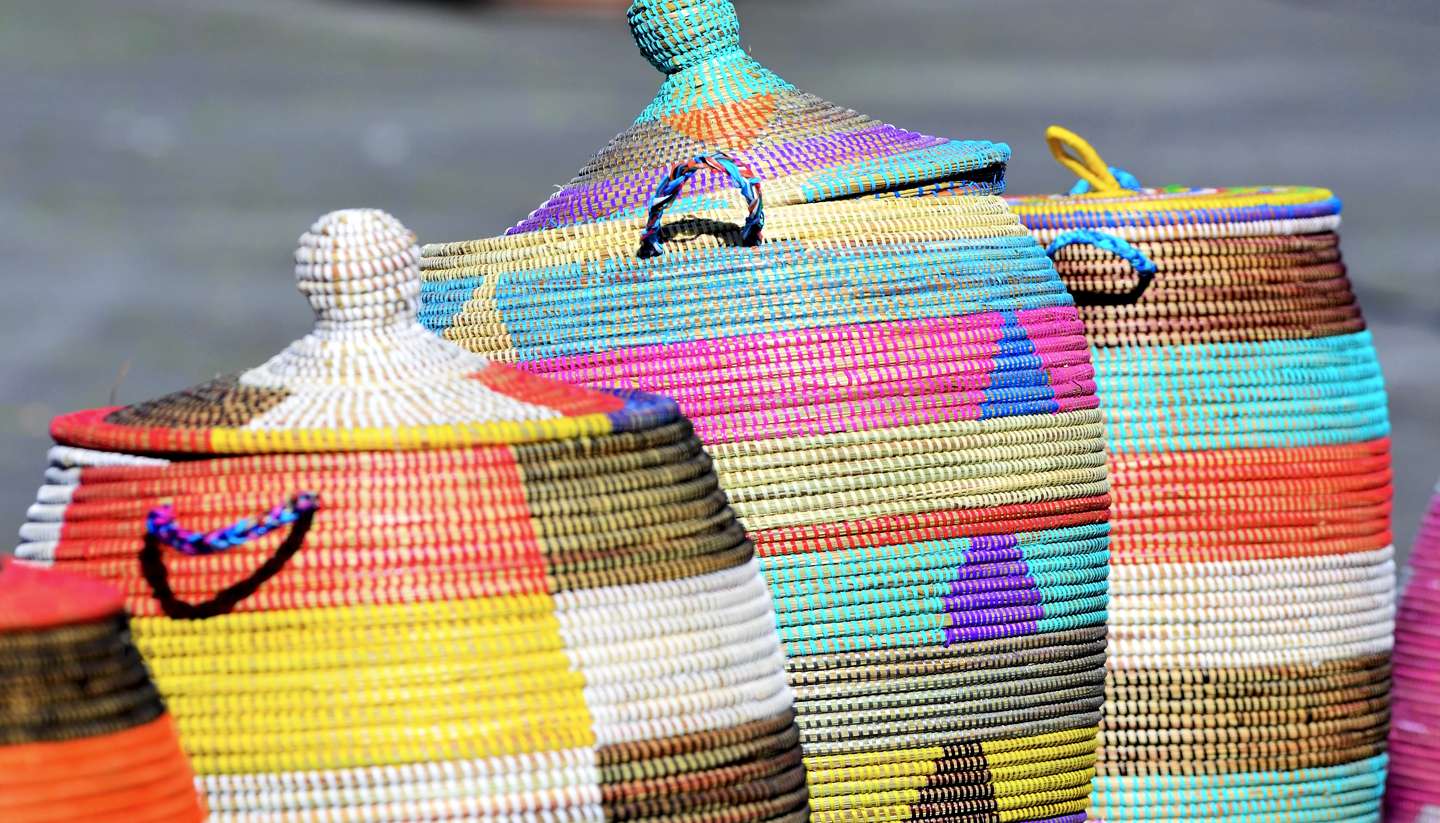Republic of Congo History, Language and Culture
History of Republic of Congo
The small country now known as the Republic of Congo was originally part of the Kingdom of the Kongo, and the Bakongo, Bateke and Dsanga were the main peoples in the area when the Portuguese arrived in the 15th century.
The region later became a major centre for the European slave trade. In 1882 the territory was occupied by France, then absorbed into French Equatorial Africa in 1910.
In 1958, the territory became an autonomous republic within the French community before being granted full independence as a republic in August 1960.
Abbé Fulbert Youlou, a Catholic priest, was elected President and guided the Congo into a single-party state. A series of left-wing military governments followed until elections for the Presidency were held in 1979, and brought Colonel Denis Sassou-Nguesso to power.
In November 1989, the Government introduced free-market policies, promoting private enterprise and conducting several privatisations. The political reform process began in 1991 with a national conference to discuss the future of the country. This agreed to establish a Higher Council of the Republic, abolishing the principal organs of state and with a brief to prepare legislative and presidential elections for the following year.
These took place in the summer of 1992, bringing to power the Union Panafricaine pour la Démocratie Sociale (UPADS) as the major party in both the National Assembly and the Senate, while its leader, Pascal Lissouba, won the presidential poll.
Following the disputed elections, the country descended into a bloody civil war that culminated in 1997 after Sassou-Nguesso’s rebel troops took the capital and reinstalled their leader as President.
Under the banner of United Democratic Forces, Sassou-Ngessou stood at the 2002 presidential election, securing 90% of the vote amid widespread claims of vote rigging. Kignomba Mbougou, standing for UPADS (Lissouba's party) gained just 3%.
By 2003, the country was largely at peace, though sporadic violence between government troops and the Ninjas rebel group continued in the Pool region until the group disbanded in 2008.
Sassou-Nguesso was re-elected in the 2009 presidential election with 78.61% of the vote amidst an opposition boycott. He has recently made clear his intentions to change the country’s constitution to allow him to stand for a third consecutive term in 2016, a move that has been met by angry protests from opposition parties and the public.
Did you know?
• The entire population of Republic of Congo, roughly four million, is less than half of the DRC’s capital Kinshasa.
• During the World War II, Brazzaville was the capital of the French resistance in Africa.
• Congo is one of Africa’s biggest oil producers, but petrol shortages are a regular occurrence in the country.
Republic of Congo Culture
Religion in Republic of Congo
The majority follow Christian beliefs (mainly Roman Catholic: 50%), with most of the remainder following animist belief systems (48%). There are small Protestant and Muslim minorities.
Social Conventions in Republic of Congo
Normal courtesies should be observed when visiting people's homes. Gifts are acceptable as a token of thanks, especially if invited for a meal. Dress should be casual, and informal wear is acceptable in most places. Mini-skirts and shorts should not be worn in most public places. Artistic carving, both traditional and modern dance, as well as folk songs, play an important part in Congolese culture, which is strongly based on tradition. Do not smoke or drink alcohol in public places during Ramadan.
Photography: It is forbidden to photograph public buildings.
Language in Republic of Congo
The official language is French. Other major languages are Lingala, Munukutuba and Kikongo. English is spoken very little.


